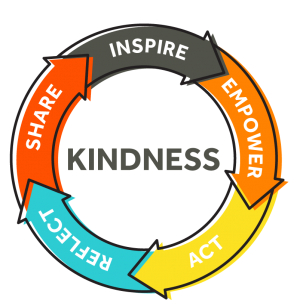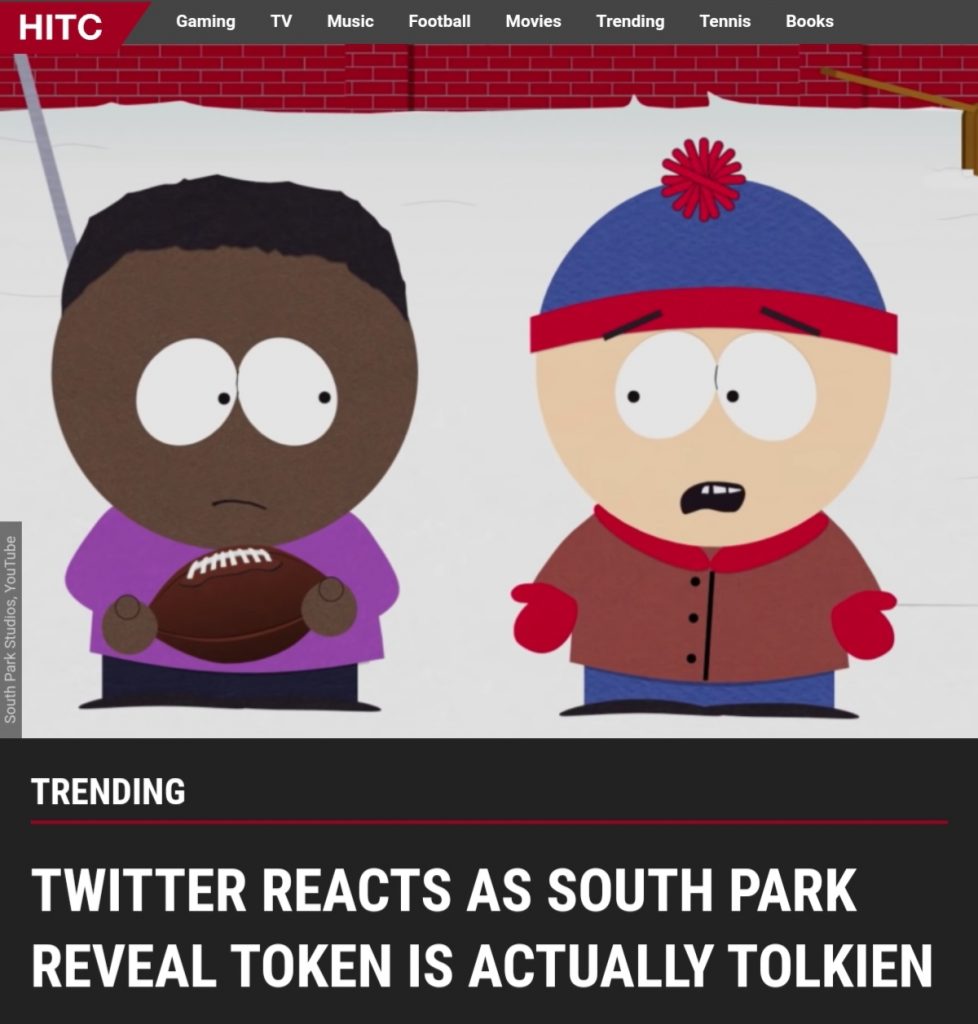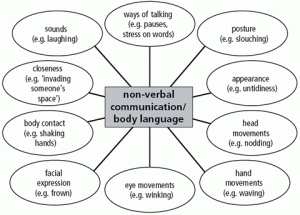ATA5 – 4/5/22
Assignment 5 required that I take a week to do five nice deeds for people I did not know. For each act, I was to explain what prompted me to perform the nice deed, what was the deed, how did the person(s) react to the deed, how did it make me feel afterward and if I thought my life would change if this one good act a day requirement was permanently enacted. And lastly, I commented on how I felt about my actions becoming a repertoire of future behavior which I was in favor of.
In completing this assignment, I was lucky enough to be in certain situations which gave me many opportunities to act upon. As I wrote about my five good deeds from the week, I reflected upon each one to determine why I did it and the context in which it took place. I learned a lot about myself and what factors make me more willing to help someone, and there are many because I rarely hesitate to help someone in need. However, I was honest in my writing admitting that the assignment was promoting me to find random acts of kindness to engage in. basically, I always keep in mind that I want to help people however, or whenever I can. But, when the opportunity actually presents itself, I do not always act like the way I think I would. Because of this assignment, I became much more aware of such opportunities and therefore was better able to act upon them.
To relate this to something else learned, I think best relates to attitude formation from a previous section of this class. The concept of attitude refers to a set of emotions, beliefs, and behaviors toward a particular object, person, thing, or event. Attitudes are often the result of experiences and they can have a powerful influence over behavior. Furthermore, most attitudes are fluid and can change when prompted to do so. For example, this assignment and the five deeds I was asked to accomplish changed my attitude towards homeless people as the first deed I did was buying and sharing a meal with a homeless woman. From this experience I learned much more about what it actually means to be homeless and what can lead to this, such as financial problems and not necessarily the often common misconception of the homeless being lazy. In short, my own attitude and now future behavior towards this group has been changed and I am grateful for this.
For the relevant visual image of this post, I decided on a picture which represents how simple kindness can multiple in other forms such as empowerment, sharing, inspiration, etc. This also fits well into the concept of “pay it forward” which is when someone does something for you, instead of paying that person back directly, you pass it on to another person instead in a sort of cycle fashion which this images illustrates.

https://www.randomactsofkindness.org/
ATA3 – 3/2/22
Assignment 3 tackled the issue of prejudice and used an example from a video displaying Michael Richard’s tirade against hecklers in a comedy club that was filled with racist comments. The prompt asked that I discuss whether or not Richards’s tirade was racist, and then decide if it was his intent to execute pain rather than revealing some kind of deep-seated hatred. The prompt concluded with determining whether or not racial slurs can exist without a racist intent/prejudice.
To me, the answer to this assignment felt very straightforward and I therefore did not use any external sources to garner my options. I took the stance that Richard’s tirade was indeed racist. Even if that wasn’t his intent, the language he employed spoke volumes and nothing except racism could be interpreted from his poor choice of words.
Returning to the previous point above, from doing this assignment, I learned that our choice of words is even more important than I thought. From his tirade, I determined that Richard’s anger stemmed from the fact that by 2006, he was something of a wash-up and he took out his frustration on his audience in the comedy club. It was amazing that an anger about his career turned into a racist tirade which hurt and offended many, if not all of the people there that night. I learned from writing this that taking out our own problems on others is wrong and resorting to the use of racist verbiage just to get attention is wrong and hurts our fellow human beings at a level much deeper than the average insult would. Personally, I think this serves as a good example of what not to be.
Applying this content to something else, I think I would have to cite the newest episode of the TV show South Park. One of the characters is named Tolkien, after the famous author. Because he happens to be black, it was believed within the series that his name was “Token” as in the token black character. When one of the characters, Stan, asked Tolkien about his name, believing it was “Token”, he was being racist in assuming his name based on a stereotypical character type. Stan was not trying to be racist but was anyway much like the result of Richard’s tirade. This is another example of learning how our choices of words are so important because we can end up hurting people when that is not our intention.
For the visual representative image of this post, I selected a screenshot of HITC’s article about the Tolkien name reveal and how it was trending. I picked it to demonstrate the characters in context in case that wasn’t clear.

https://www.hitc.com/en-gb/2022/02/10/twitter-reacts-as-south-park-reveal-token-is-actually-tolkien/
ATA2 – 2/11/22
Assignment 2 required that I look at a representative group of photos of myself that I think reflect who I am. The point is to find photos which display me as I myself and what I believe others see in me. For my group, I used 7 photos to best reflect myself in terms of self-concept, perceived self-control, and self-presentation. In this self-analysis, I not only learned a few things about myself which I had perhaps forgotten, but I also learned how much can be observed about a person from their photos alone. Although it makes sense. Even when captured in photographs, our actions greatly dictate who we are, what we do and why we do it. Prior to completing this assignment, I never gave it much thought.
Applying this knowledge to something else learned, I think it relates best to chapter 3 from the PSYC-304 textbook. This chapter dealt primarily with nonverbal communication, attribution and impression formation. In many examples from the book, it described certain facial cues which denote deception, basic emotions and even hidden intentions. It described how we can derive feelings and some thoughts based on visual aspects of a person rather than verbal ones. I feel this relates because from the pictures of myself I used for the assignment, I could see certain emotions and feelings based on what I was doing or how I looked (at the time) in the photos. Before reading the textbook, I did not appreciate how much nonverbal communication can play a role in our outward presentation even if we don’t know it.
Of personal relevance, I think I will start to be more mindful of my own body language, posture and facial expressions because I wouldn’t want to offend someone by accident. Judging by some of my old photos, I can be very expressive no matter what I am feeling or what mood I’m in so I think being more aware of this is going to very important in the future. For my representative visual image attached with this post, I used a picture which displays the numerous types of nonverbal communication and what each represents. I didn’t consider laugh or hand movements. It’s almost terrifying how much one has to worry about when in social situations.

https://www.researchgate.net/figure/Different-elements-forms-of-non-verbal-communication-14_fig1_221217376
ATA1 – 1/30/22
The first writing assignment for this class required me to write about heuristics. At their most simple level, heuristics are a process used by people as mental short cuts to arrive at decisions to complex problems in an efficient fashion. I always knew that quick judgments were used by everyone, but I didn’t know how much thought determines the action(s). There are four basic heuristics: the representativeness heuristic, which is used when a decision is made based on what the situation in question is similar to, the availability heuristic, which uses knowledge that easily comes to mind quickly when making decisions, The anchoring and adjustment heuristic involves beginning with an initial value and a person makes adjustments based on this initial value as a starting point to work with to derive a final value and the status quo heuristic, which, as the name implies, demands that judgments be made when they do not change the current setting from its normal parameters and the choices which uphold this are the most preferred.
I found these concepts to be quite fascinating because I realized I have used all of them during my life, I just didn’t know until now. For example, I registered into this PSYC-304 class using the both the representativeness and availability heuristics. With the representativeness heuristic, I had already taken several psychology classes so I was very familiar with the subject and therefore, I could make predictions about the course and relate it to what I already know. Using the availability heuristic, the knowledge of social psychology I had already been exposed to quickly came to mind. This helped me to make my decision to enroll into the class and learn more about the subject.
Applying these heuristics to another class, in histology (BIOL-426/526), there are several cellular structures which were named incorrectly before additional knowledge was discovered but the names stuck. For example, stereocilia, which serve to increase the surface area of a cell, are long, non-motile extensions that are actually branched microvilli. Despite the fact that they are not cilia, the name was not changed because the scientific community found it easier to keep the name because it was established. This is an example of the status quo heuristic because the choice to keep the name was made to avoid changing the current status despite how it would help to avoid further confusion in histologic studies.
As such, the image I decided to attach to this post is the stereocilia previously mentioned. After the teacher explained the incorrect name, I immediately thought of the status quo heuristic and how it well it explains the unchanged name. Stereocilia are easily identifiable under a microscope when compared to actual cilia so the confusion knows no end…

https://vmicro.iusm.iu.edu/hs_vm/docs/epi6.html